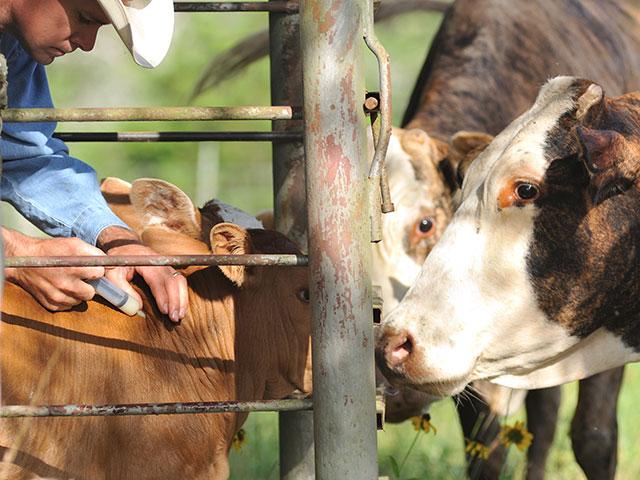Global Beef Outlook Mixed
China and US Playing Key Roles in 2023 Beef Market
A first-quarter global beef report for 2023 from RaboResearch Food & Agribusiness shows continued shrinking of feeder supplies -- but with different countries at different points in the cycle.
The report is published by the Global Animal Protein Sector team with lead author Angus Gidley-Baird. China remains a focal point for beef demand, with Rabo's analysts anticipating the country's appetite for it will increase in the second half of this year.
P[L1] D[0x0] M[300x250] OOP[F] ADUNIT[] T[]
In the U.S., the report notes that beef cow inventory is at its lowest point since 1962, and feedyard inventories are showing decline. This drop is going to cause a "redistribution of global beef supplies and an overall tightening in the market" the analysts stressed.
Some key things to watch globally that the report's authors believe will affect beef markets moving forward include:
-- United States. Feeder cattle and calf supplies reflect a four-year decline, with beef cow numbers 1 million head below levels a year ago. This is the smallest beef cow herd since 1962. Feedyard inventories on Jan. 1 were down 537,000 head compared to the year before, and feeder cattle/calf supplies outside of feedyards were down 724,000 head.
-- Brazil. An anticipated 2% increase in beef production from Brazil was expected to offset declines in the U.S., EU-27 and New Zealand. In many regions, cattle prices were trending down, with the U.S. being a notable exception due to more limited supplies. Brazilian beef exports in 2022 set new records in both volume and value, with China driving that trend (up 71% year over year) and the U.S. being the second-largest destination.
-- China. Retail beef prices here have held up, but pork prices have fallen due to decreased consumption post high COVID infection levels. The report's authors believe that moving into spring, a recovery should be expected in consumption of protein, and the value of the beef market will continue to grow, although volume may be flat.
-- Japan. High prices are reducing demand here for beef, with a drop in consumption and an oversupply of imported beef. Import volumes of beef declined 12.6% year over year in the fourth quarter of 2022.
Editor's Note: To read more about the BSE crisis in Brazil, go to: https://www.dtnpf.com/….
(c) Copyright 2023 DTN, LLC. All rights reserved.






